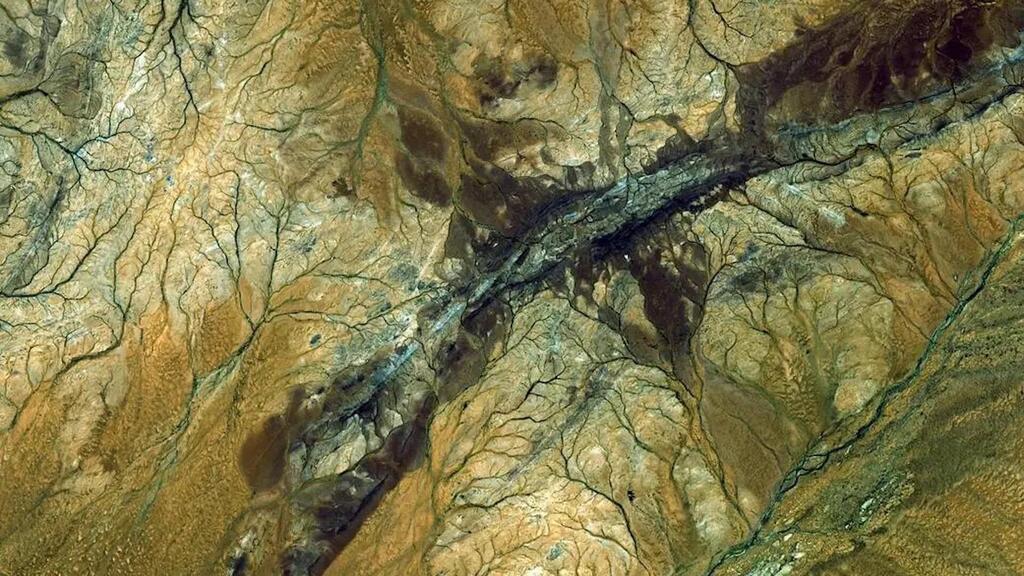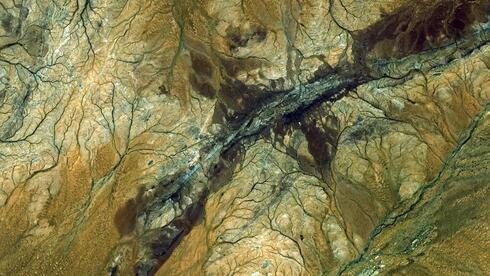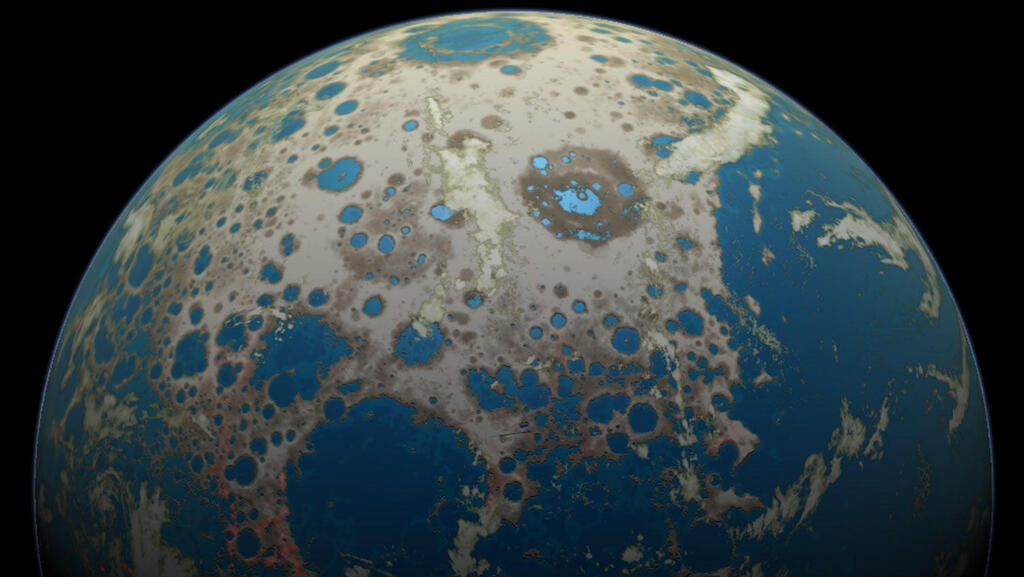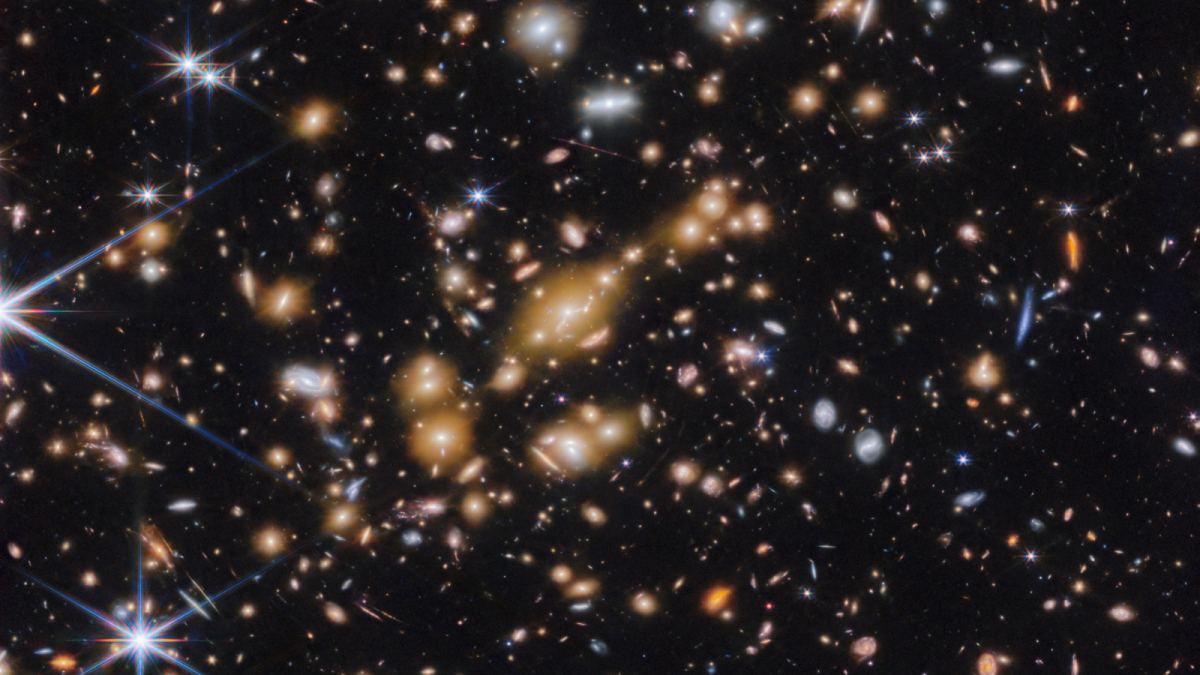Freshwater from atmospheric sources appeared on Earth’s surface about 4 billion years ago, 500 million years earlier than previously thought, according to a new study published in Nature Geoscience.
When Earth first formed around 4.5 billion years ago, during the early geological period known as the Hadean, it was initially molten. As its outer layer cooled, the planet’s crust formed. However, the timeline for the appearance of freshwater reservoirs on Earth remained uncertain—until now.
Researchers have found evidence of freshwater in ancient zircon crystals from Jack Hills in Western Australia. By conducting oxygen isotope analysis on these crystals, they determined when the hydrological cycle began. These zircons, resilient against weathering and environmental changes, are the oldest on Earth and provide rare, deep insights into the planet’s early history.
“We were able to date the origins of the hydrological cycle, which is the continuous movement of water between land, oceans, and the atmosphere through processes like evaporation and precipitation. This cycle is essential for sustaining ecosystems and life on our planet,” said Dr Hamed Gamaleldien, a lead researcher from Curtin University’s School of Earth and Planetary Sciences and Khalifa University in the UAE.
3 View gallery


Dr. Hugo K. H. Olierook holding the rock with the zircon crystals that helped determine the finding
(Photo: Curtin University)
Dr. Gamaleldien explained that analyzing the ancient zircons pushed back the timeline for the appearance of freshwater on Earth by 500 million years. “By examining tiny zircon crystals, we found exceptionally light oxygen isotopic signatures, which are indicative of interaction with fresh water rather than salty ocean water, dating back 4 billion years,” he said.
These light oxygen isotopes typically result from interactions between hot, fresh water and rocks several kilometers below the Earth’s surface. “For the zircons we analyzed to have such light oxygen signatures, the rock must have been altered by freshwater, melted, and then solidified again. This evidence of freshwater 4 billion years ago challenges the theory that Earth was entirely covered by an ocean at that time,” Dr. Gamaleldien added.
3 View gallery


The site where the rock was found
(Photo: NASA/GSFC/METI/ERSDAC/JAROS, and U.S./Japan ASTER Science Team)
Dr. Hugo K. H. Olierook, also from Curtin University’s School of Earth and Planetary Sciences and a member of the research team, emphasized the significance of this discovery for understanding Earth’s formation and the origin of life.
“This finding not only sheds light on Earth’s early history but also suggests that continents and freshwater set the stage for the emergence of life within a relatively short period, less than 600 million years after Earth’s formation. Our research represents a significant advancement in understanding Earth’s early history and opens doors for future studies on the origins of life.”

Dr. Sarah Adams is a scientist and science communicator who makes complex topics accessible to all. Her articles explore breakthroughs in various scientific disciplines, from space exploration to cutting-edge research.









